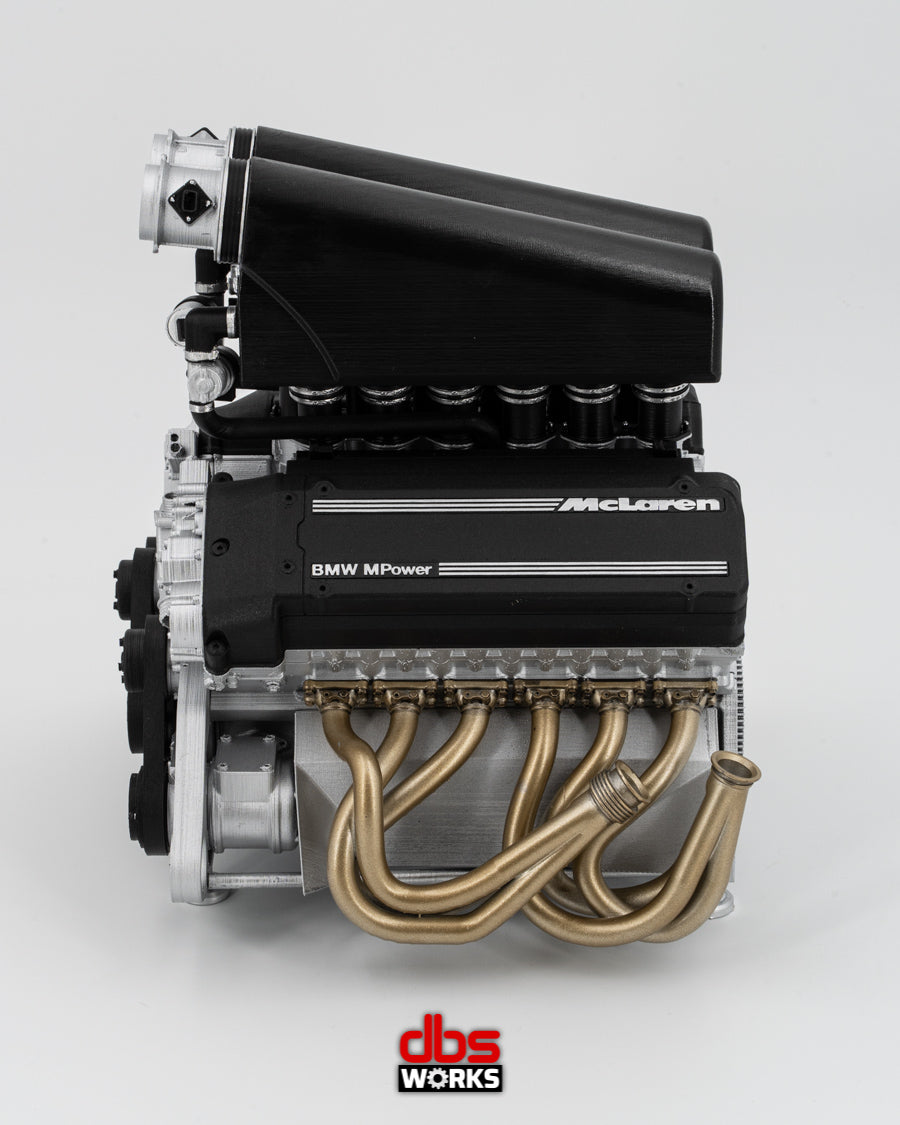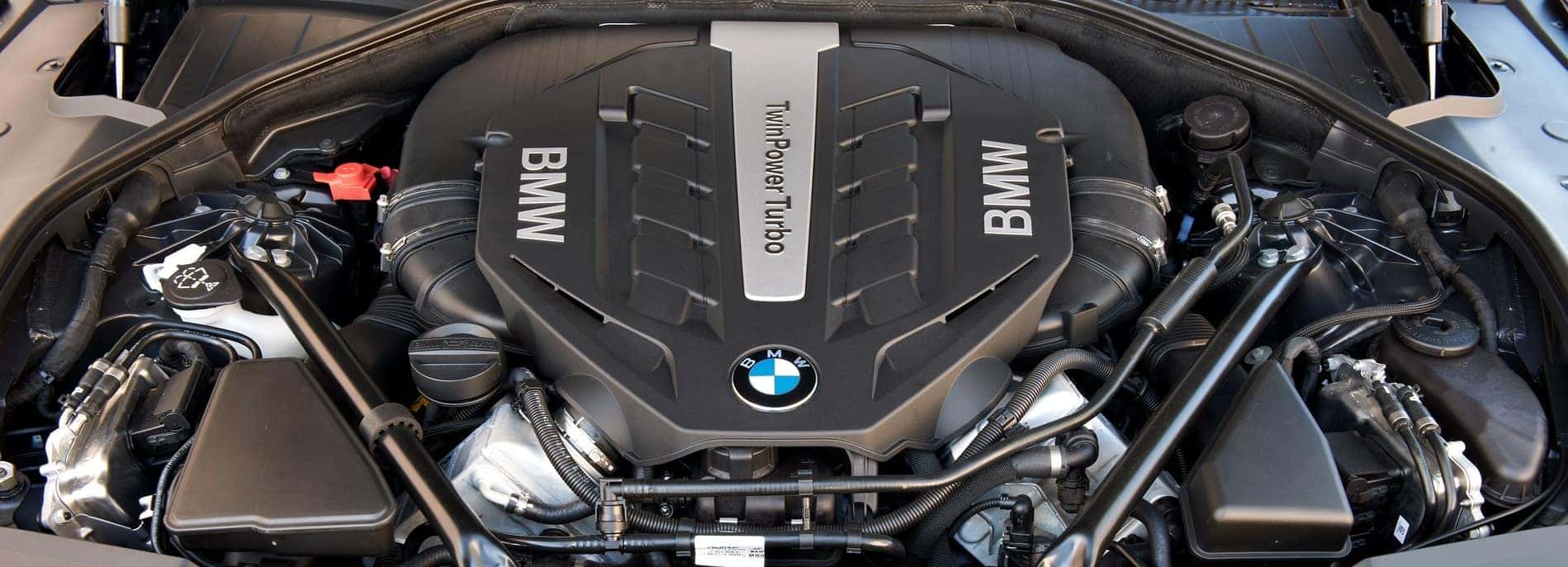Why the BMW Engine Is Thought About One of the Best in Luxury Autos
Why the BMW Engine Is Thought About One of the Best in Luxury Autos
Blog Article
Discovering the Advancement of Combustion Engines in Modern Transport Equipments
As we browse the landscape of modern transport, the evolution of combustion engines stands as a testimony to human resourcefulness and engineering expertise. The interplay of history, technology, and ecological problems in shaping the trajectory of combustion engines produces a narrative that is both compelling and informative.
Early Beginnings of Combustion Engines
Exactly how did the concept of burning engines very first emerge in the early phases of transport advancement? The origins of burning engines can be traced back to the 17th century when the concepts of inner combustion were initial checked out.
The advancement minute featured the innovation of the initial successful gasoline-powered engine by Karl Benz in 1885 - bmw engine. This engine led the way for the advancement of the modern-day automobile, reinventing transport systems worldwide. Subsequent advancements by Nikolaus Otto and Gottlieb Daimler further fine-tuned burning engine modern technology, resulting in the mass manufacturing of autos and the rapid expansion of the transportation market
These early combustion engines were defined by their simpleness and effectiveness, laying the foundation for the facility and effective engines made use of in modern transportation systems. The evolution of combustion engines has contributed fit the way we take a trip and transfer products, marking a considerable landmark in the background of transport growth.
Shift to Internal Burning Modern Technology
The shift to interior combustion technology noted a crucial change in the development of transportation systems. This shift started in the late 19th century, with innovators like Nikolaus Otto and Gottlieb Daimler establishing the very first successful inner burning engines. These engines reinvented transportation by providing a more efficient and effective choice to heavy steam engines and electric motors.
Among the crucial advantages of internal burning engines was their capacity to be reduced to fit into vehicles, leading to the growth of autos and motorbikes. This change from bulky, fixed engines to small, mobile ones paved the means for the contemporary transportation systems we see today.
The transition to inner combustion modern technology additionally spurred developments in gas innovation, leading to the advancement of gasoline and diesel as key gas resources for cars. This shift not just made transportation a lot more easily accessible to the masses however likewise laid the structure for the oil and gas sector to become indispensable to worldwide economic climates.
Influence of Combustion Engines on Transportation
The fostering of combustion engines in transport systems militarized an extensive shift in the effectiveness and speed of global flexibility. Combustion engines revolutionized transport by offering a versatile and reliable resource of power for numerous cars, consisting of autos, aircrafts, trucks, and ships. This technology considerably boosted the ability for goods and individuals to conform fars away in shorter amount of time, causing increased connectivity between areas and countries.
Furthermore, the prevalent use combustion engines has actually had a substantial effect on economic advancement. The capacity to transport items effectively has actually stimulated trade and commerce, enabling companies to broaden their markets and reach consumers worldwide. This has facilitated financial development and globalization, as items can now be carried quicker and in larger quantities than in the past.
However, the environmental impact of burning engines can not be forgotten. The burning of nonrenewable fuel sources has resulted in air pollution and greenhouse gas exhausts, adding to climate modification and positioning health threats to populaces. bmw engine. Consequently, there is a growing focus on creating different propulsion modern technologies to alleviate these unfavorable effects and create a much more lasting he has a good point future for transportation
Developments in Combustion Engine Layout
One notable development is the growth of turbocharged engines, which use exhaust gases to drive a wind turbine that compresses incoming air, enabling for even more gas to be burned, resulting in increased power output without a considerable rise in engine dimension. Variable shutoff timing systems have actually likewise reinvented engine style by enhancing air flow at different engine speeds, enhancing both power and efficiency. These developments collectively add to the continual renovation of burning engines in modern-day transportation systems.
Future Patterns in Combustion Engine Advancement
With innovation developments driving continual advancement, the future of burning engine development is positioned to revolutionize transport systems around the world. One of the crucial trends in combustion engine development is the push towards better performance and lowered emissions. Producers are investing greatly in r & d to boost engine performance while meeting rigid environmental laws. This includes the integration of sophisticated fuel shot systems, improved turbocharging techniques, and using light-weight materials to maximize fuel usage and reduce carbon exhausts.
An additional popular pattern is the fostering of hybrid innovations in burning engines. Hybrid engines integrate typical combustion innovation with electrical power, offering improved gas performance and lower discharges. As the auto industry shifts in the direction of electrification, crossbreed burning engines are seen as a transitional option that links the gap between standard lorries and fully electric ones.
In addition, the integration of wise modern technologies, such as artificial intelligence and data analytics, is anticipated to play a substantial role in the future of burning engine growth. These technologies can optimize engine efficiency in real-time, bring about more efficient combustion procedures and boosted total vehicle performance. Accepting these future patterns will certainly not just drive technology in burning engine growth yet also add to a more ecologically pleasant and lasting transport ecosystem.

Verdict
In verdict, the development of combustion engines in contemporary transportation systems has been marked by read more significant advancements in modern technology and style. From the early beginnings of burning engines to the shift to interior combustion modern technology, these engines have actually had a profound impact on transport.
The roots of combustion engines can be mapped back to the 17th century when the principles of internal burning were very first explored. These engines revolutionized transport by supplying a much more efficient and effective choice to steam engines and electrical motors.

Report this page